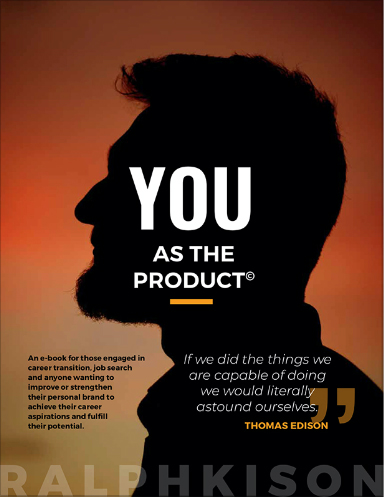Remember the connect-the-dot painting books kids used to have; there was no color on the page, just a series of dots that when connected by a wet paint brush revealed a picture defined by different colors? When I was five I thought it was magic, yet I realize that someone had thought through the underlying design that allowed a new picture to emerge.
How do leaders and managers organize innovation? While some might say innovation could stifle creativity, there is clearly a need for a process that connects the elements that contribute to innovative breakthroughs and implementation. Elements desirable in company cultures today include collaboration, recognition, diversity and empowerment — but how are these incorporated into a process that develops innovation by design?
Nearly 40% of CEOs “expect innovation to be co-developed, through collaboration with outside partners, customers and talent.” (Price Waterhouse Cooper: Demystifying Innovation)
The intensive focus on new and innovative products and services requires workforce planners to identify strategic roles for them and critical competencies from the talent who contributes to innovation. A process for developing innovation and critical thinking to drive a business strategy forward are organizational competencies that required by every company.
When innovation is a cultural value, it is driven by leadership ethics and recognition of talent who contribute to new thinking.
Tapping people’s creative process engages talent and a can-do culture of open-mindedness and questioning creates a reputation for being innovative and an employer of choice. Asking the question “Why not?” can be the genesis for innovation. As leaders we can ensure those questions get answered.
Start with Yourself
To lead innovation successfully you should start with yourself. You cannot ask your staff to be entrepreneurial, innovative and growth but not require that of yourself. If the leader has a rich sense of curiosity that openly questions the impact of not only his/her actions but those of others, the business and competitors, than others will learn from this and do follow suite.
“We cannot solve a problem by using the same kind of thinking we used when we created them.” – [A. Einstein]
Visionary Purpose and Goals
Leading innovation requires a visionary purpose and goals. Make sure you keep flexible about your vision, communicate it constantly, and keep linking to it with every new day. Stay focused on the work of the day while linking all major tasks and activities to your vision to stay motivated and on track.
Establishing an attitude of relentless growth is what enables an organization and its people to achieve their goals.
The spirit of relentless growth keeps fresh ideas flowing and reinvigorates your company. The relentless growth attitude establishes a context within which corporate executives lead by setting direction, creating strategy, securing resources, defining organization architecture, and ensuring that learning occurs. The Growth Attitude should start at the top and work its way down your organization.
“The best ideas lose their owners and take on lives of their own.” – [N. Bushnell]
Developing Innovation-Adept Culture
Establishing the culture of innovation requires a broad and sustained effort. Changing a company’s culture is never easy, with leadership that is committed to advancement and growth, corporate culture can be reshaped and amazing results can be realized. Establishing an attitude of relentless growth is what enables an organization and its people to achieve their goals.
Not all research leads to innovation and not all innovation is research-based. Innovation is systemic. It arises from complex interactions between many individuals, organizations and their operating environment. Firms which are successful in realizing the full returns from their innovations are able to match their developments with complementary expertise in other areas of their business, such as manufacturing, distribution, human resources, marketing, and customer service…
“You can’t ask customers what they want and then try to give that to them. By the time you get it built, they’ll want something new.” – [Steve Jobs]


Recent Comments